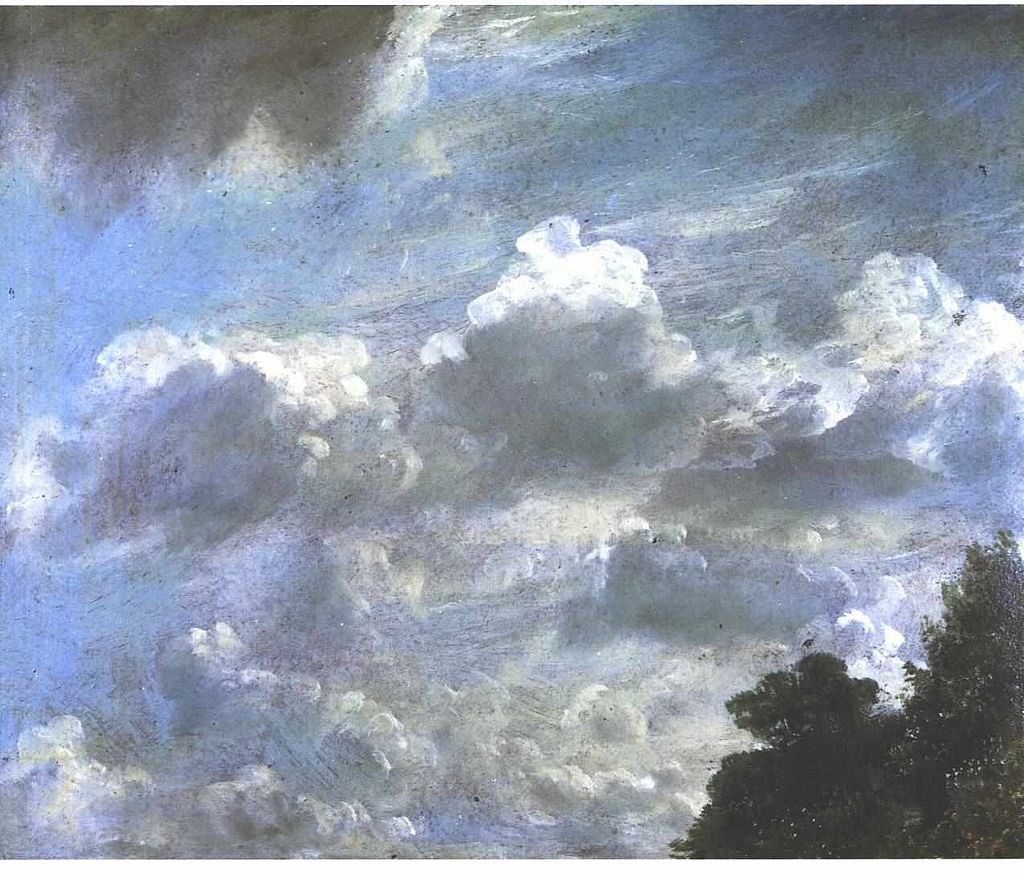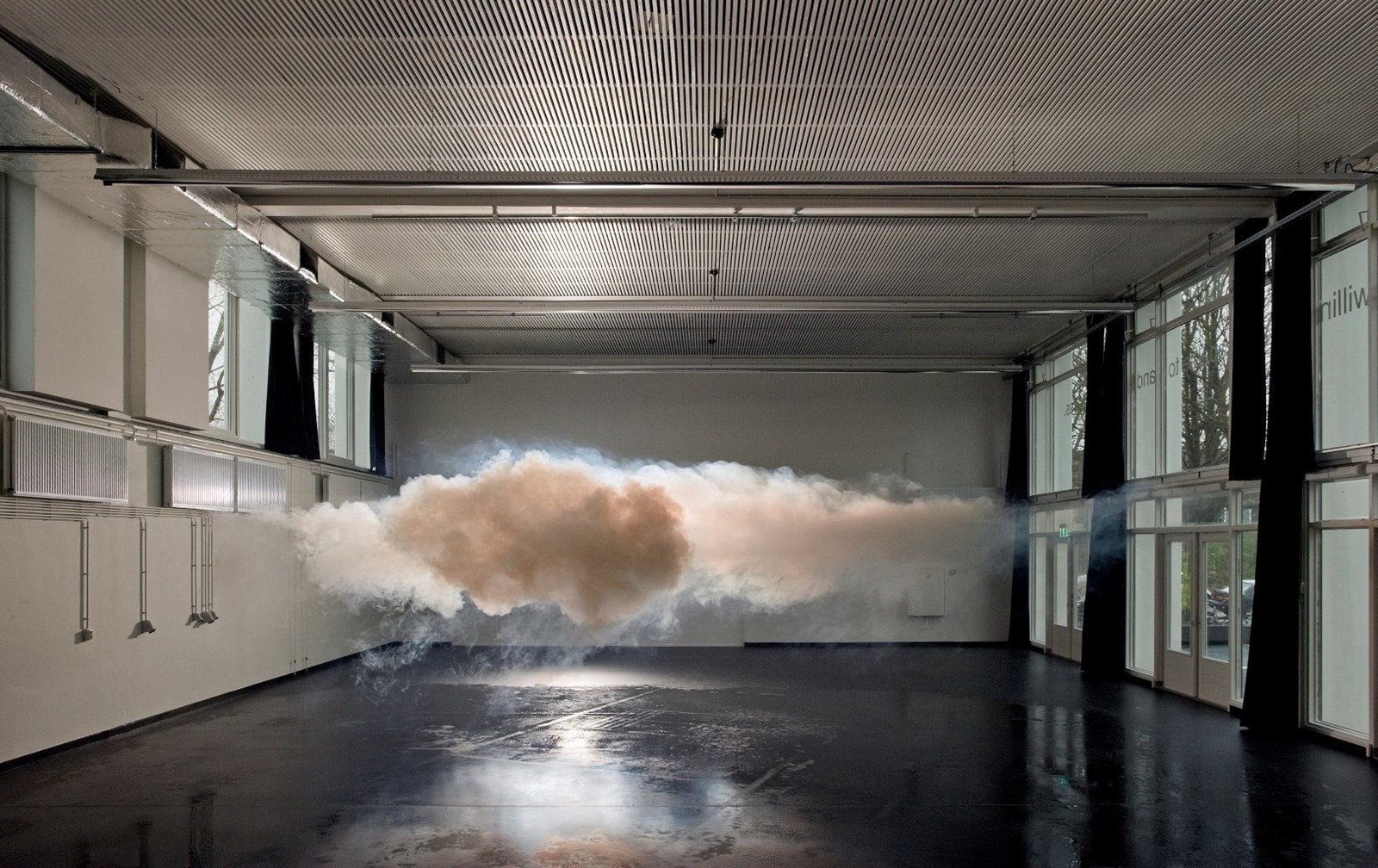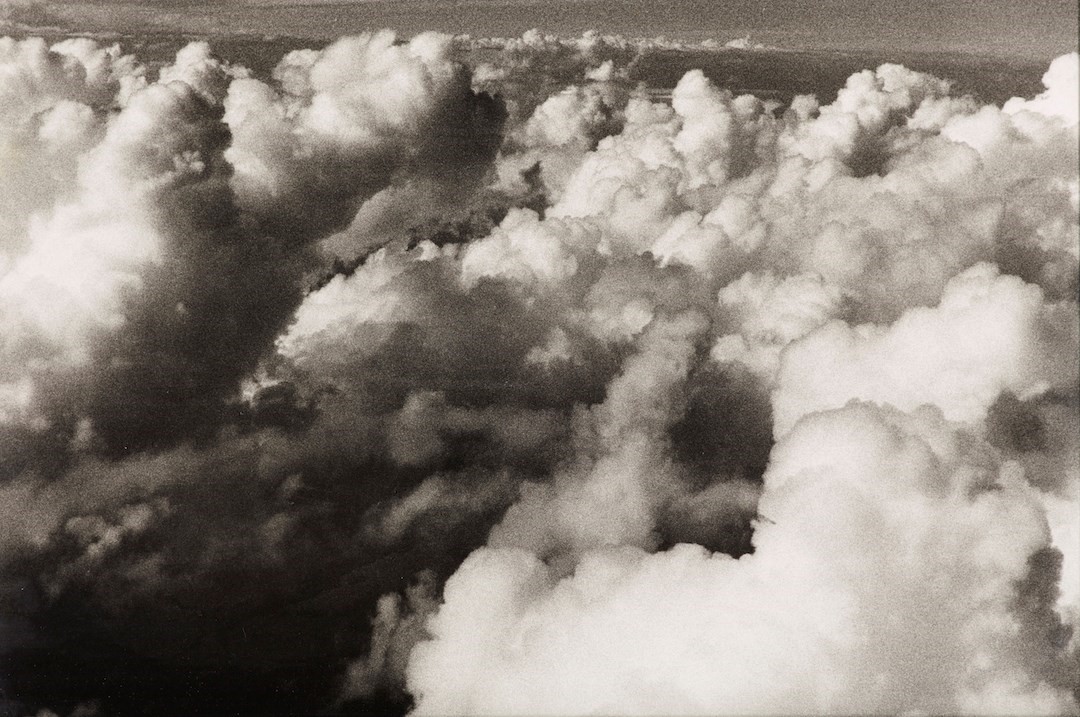There’s something about gazing at clouds that instills a sort of surrender within me. Billowy bodies with celestial impressions heaping on to one another; spreading, shifting, drifting. Wispy strokes curling, swirling, leaving whispering trails. Glowing crimson canopies undulating as the sun sets. Clouds are at once untouchable, impermanent, and overpowering; a deep natural language that is constantly changing and adapting to whatever the viewer wants it to be. One that has countless configurations that we can project infinite moods, meanings and thoughts on to. Perhaps that’s why clouds have been a source of fascination for centuries, and continue to be today (on Instagram #clouds has over 81 million posts).
It wasn’t until the early 19th century when British chemist and meteorologist Luke Howard introduced three basic cloud types – cirrus, cumulus, and stratus – that a system for naming these fluffy forms came into being. During that time, Goethe – who was in his sixties and renowned across Europe – came across Howard’s classification and was so inspired by the findings and their implications in the worlds of art and science that he wrote a series of poems dedicated to him.
The transient nature of clouds is also associated with the impermanence of inner states. British Romantic painter John Constable was significantly influenced by Howard’s theories in his evocative studies of clouds. “Clouds, for Constable, were a source of feeling and perception, an ‘Organ of sentiment’ (heart or lungs) as much as meteorological phenomena,” writes author Mary Jacobus in the book Romantic Things: A Tree, a Rock, a Cloud. “If painting is another name for feeling, and the sky an organ of sentiment, then his cloud sketches are less a notation of changing weather effects than a series of Romantic lyrics: exhalations and exclamations, meditations and reflections, attached to a specific location and moment in time.”

Not all artists were drawn to the idea of organising natural phenomena into categories, though. German Romantic landscape painter Caspar David Friedrich, whose 1818 painting Wanderer above the Sea of Fog is the epitome of Romanticism, deemed Howard’s rigid scheme a limiting factor in the expressive potential of clouds in art.
More recently, the mesmerising and dramatic quality of clouds can be seen in Nuage 8 (Cloud 8) (1999) by Swiss photographer Balthasar Burkhard. The aerial photograph is part of a retrospective exhibition dedicated to the Swiss artist currently at Fotostiftung Schweiz in Winterthur, Switzerland. In Nuage 8, Burkhard captures the atmospheric phenomena at nearly eye-level and zooms in on their untouchable depth and immateriality. Although they appear thick and dense in the image, we know the moment we pass through them, they’ll vanish – clouds, both visible and invisible.
In Sky Above Clouds IV (1965), American artist Georgia O’Keeffe paints the endless expanses of clouds as seen from an airplane window. The monumental painting, which is nearly two and a half metres high and more than seven metres wide, depicts small white clouds packed together like onion cells under a microscope. The stylised clouds continue upwards until they disappear into a flat horizon of pastels that fills the rest of the canvas.

Clouds loomed large for Gerhard Richter, starting from the late 1960s. The German artist has created over 30 of his characteristic ‘photo paintings’ using photographs of clouds as a basis for the ones radiating from the canvas. Richter’s sublime skies combine the weight of deep grey shadows and luminescent ethereal forms with a forceful softness. They bring to mind the Romantic landscapes of Friedrich and Turner. Later in his career, with Clouds (1982), Richter injects abstraction into the arresting portrayal with bold scrapes of colours, and in doing so directs the viewer to a new kind of seeing.
Then there’s artists like Berndnaut Smilde bringing clouds to life indoors. In an ongoing project titled Nimbus, the Dutch visual artist uses smoke, water vapour and the climate of each location he visits to make cloud sculptures that last ten seconds, before they dissolve into thin air. It seems surreal to have these majestic natural creatures within reach for a brief instant, but it’s also a reminder that mimicking nature always has its limits. While the artwork is great for a photograph, nothing can replace the ineffable beauty of a cloud floating freely, changing shape and then disappearing with grace. So slow down, find a cloud to follow and lose yourself in the sky.
The Balthasar Burkhard exhibition runs at Fotostiftung Schweiz in Winterthur, Switzerland until May 21, 2018.
